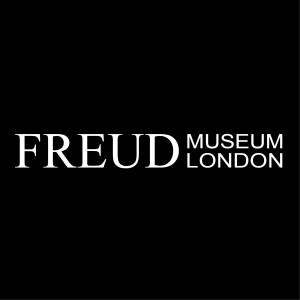
Nathanael Price
“Thou shalt not make unto thee any graven image, or any likeness of any thing [...] Thou shalt not bow down thyself to them, nor serve them: for I the lord thy God am a jealous God.” Exodus, 20:4-5
“And well may the Jews go, as they do each Sabbath […] to visit and adore [the Moses of Michelangelo], since it is not something human, but divine that they adore.”
Giorgio Vasari, Vita di Michelangelo Buonarroti, 1550
“No piece of statuary has ever made a stronger impression on me than this.”
Sigmund Freud, The Moses of Michelangelo, 1914
In Vasari’s account of Michelangelo’s famous Moses, he describes how the contemporary Roman Jews abandoned their religious observances to “visit and adore” the statue of their own iconoclastic lawgiver on the tomb of Pope Julius II. The circumstances of this (imaginary) conversion – wherein the Jews establish their own image-cult of Moses – seems to epitomise the Freudian concept of the return of the repressed; the “inexorable” rule by which repressed psychic or cultural material (in this case idolatrous worship) re-emerges through the very agent of repression; here, the forbidding figure of Moses, destroyer of the Golden Calf.
Vasari’s story might be a fiction, but he recognised something inherent in Michelangelo’s statue; something that Freud himself would not admit when, four centuries later, he retraced the steps of the imaginary Jewish pilgrims. The idea of this talk – a centenary response to Freud’s essay, “The Moses of Michelangelo” – is that his concept of repression has unexploited potential as a tool for understanding not only the Moses, but Renaissance art and culture in more general terms. There is evidence, moreover, that Michelangelo and his contemporaries were as conscious of the cultural mechanisms of repression and recurrence as was Freud himself.
Nathanael Price is an academic art historian, now working on an AHRC-funded doctoral research project at University College London. His general research interest is in the historical interpretation and cultural legacy of the Mosaic image prohibition, and in particular the intersection between Jewish and Christian visual cultures in Renaissance Italy; areas in which he finds Freudian psychoanalytic theory has unexploited potential.
More Episodes
012345678910111213141516171819
Create your
podcast in
minutes
- Full-featured podcast site
- Unlimited storage and bandwidth
- Comprehensive podcast stats
- Distribute to Apple Podcasts, Spotify, and more
- Make money with your podcast
It is Free
- Privacy Policy
- Cookie Policy
- Terms of Use
- Consent Preferences
- Copyright © 2015-2024 Podbean.com




